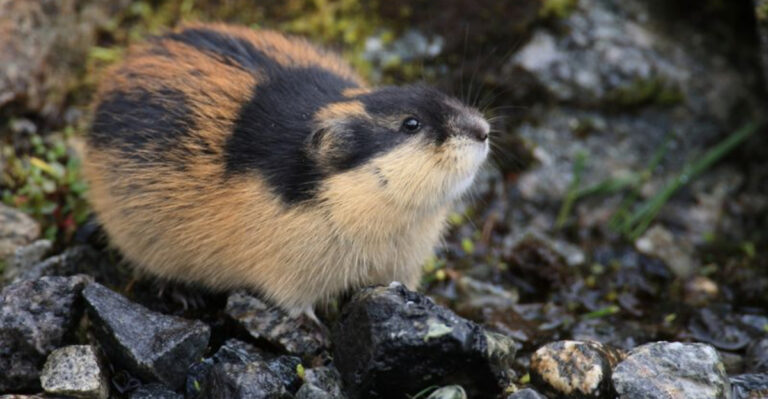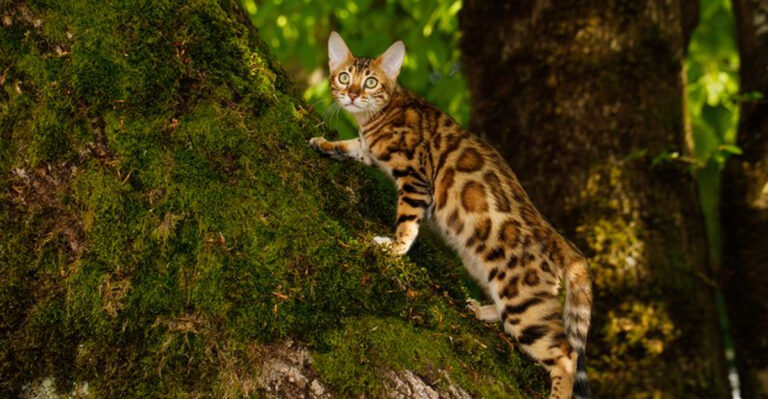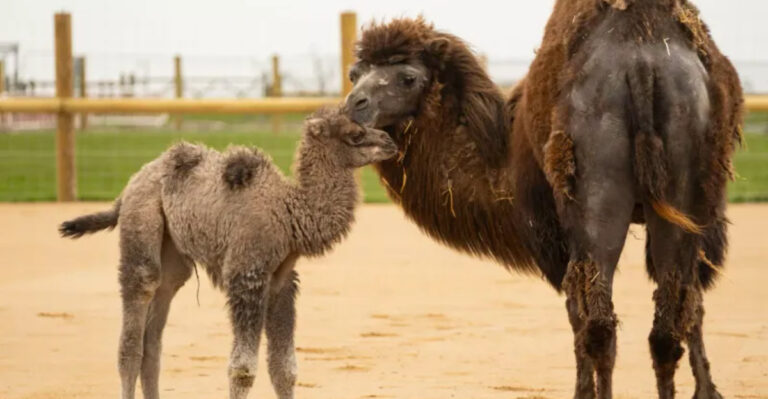15 Surprising Places Where Big Cats Roam In The Wild
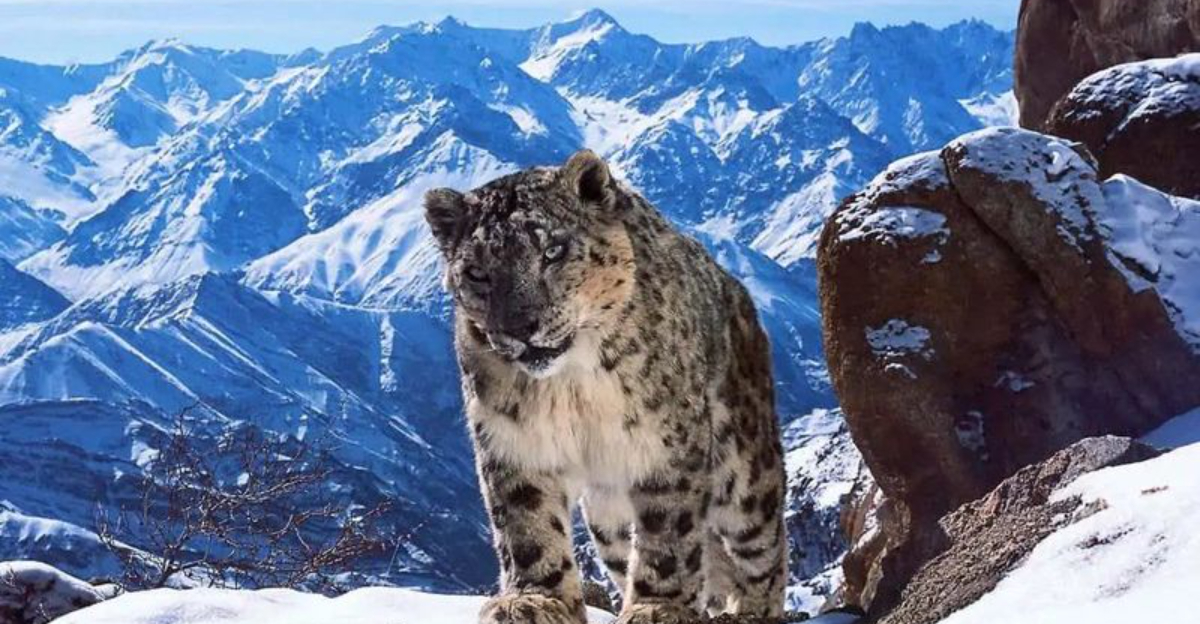
Wild big cats aren’t just found in African savannas or Asian jungles. These magnificent predators have adapted to survive in some truly unexpected environments around the world.
From snowy mountains to urban fringes, these powerful felines continue to carve out territories in places that might surprise you.
1. Florida’s Swampy Backyard
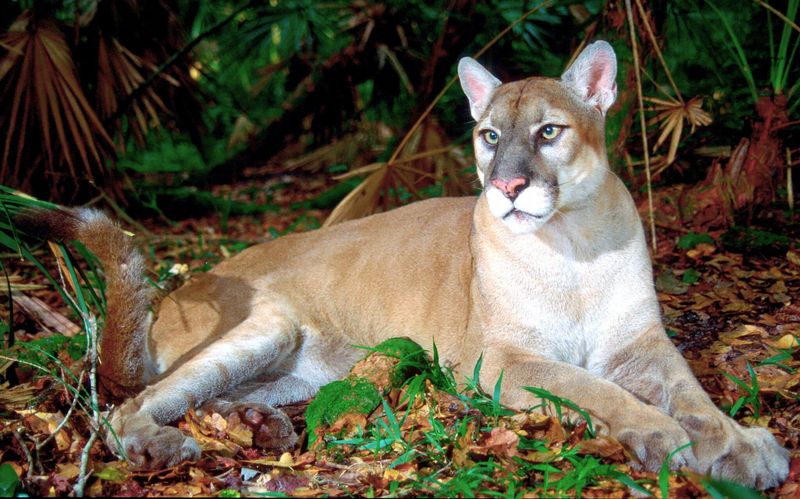
Hidden among the sawgrass and cypress trees, Florida panthers silently stalk through America’s most surprising big cat habitat. These endangered cousins of mountain lions have adapted to life in the humid Everglades and nearby areas.
With fewer than 200 remaining, these shy cats navigate a maze of wetlands and forest fragments, hunting deer and wild hogs under cover of darkness.
2. Urban Fringes Of Mumbai
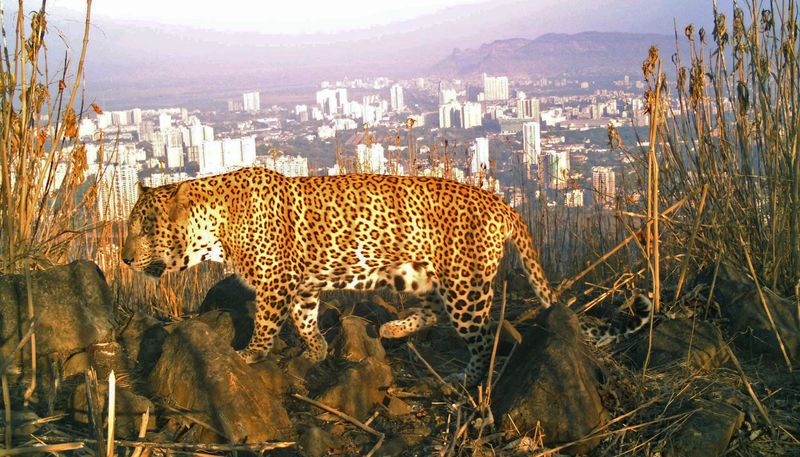
Ever imagine spotting a leopard on your evening commute? In Mumbai, that’s reality. The world’s only major metropolis with wild leopards living within city limits hosts about 40 spotted hunters in Sanjay Gandhi National Park.
These adaptable cats sometimes venture into neighboring suburbs after dark, creating a unique human-wildlife boundary that conservation efforts struggle to maintain.
3. Arizona’s Desert Canyons
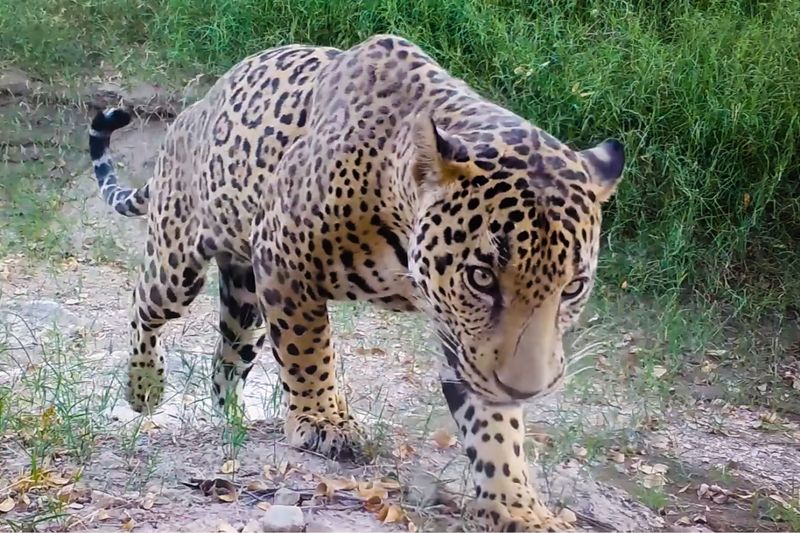
Scorching temperatures don’t deter jaguars from reclaiming ancient territories in Arizona’s rugged borderlands. Trail cameras occasionally capture these spotted wanderers slinking through desert canyons, hundreds of miles north of their expected range.
These rare sightings represent natural recolonization attempts, as these powerful cats follow water sources northward from Mexico into landscapes their ancestors once ruled.
4. Snowy Peaks Of Siberia
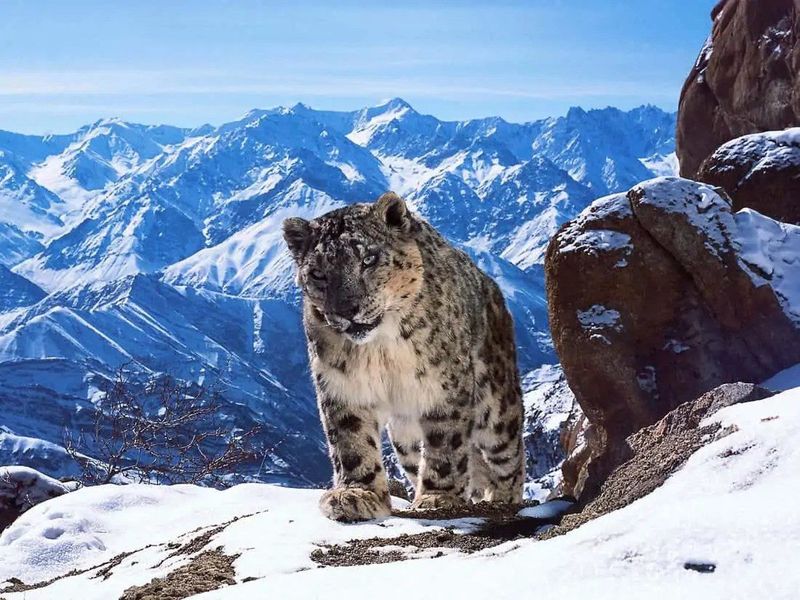
Against all logic, snow leopards thrive where temperatures plummet to -40°F. These ghost-like predators patrol Siberia’s remote mountains, wrapped in the world’s thickest feline fur coat and equipped with oversized paws that work like natural snowshoes.
Masters of camouflage, they vanish against rocky backdrops, appearing and disappearing like mountain spirits while hunting bharal sheep across seemingly impossible terrain.
5. Jungles Of Borneo
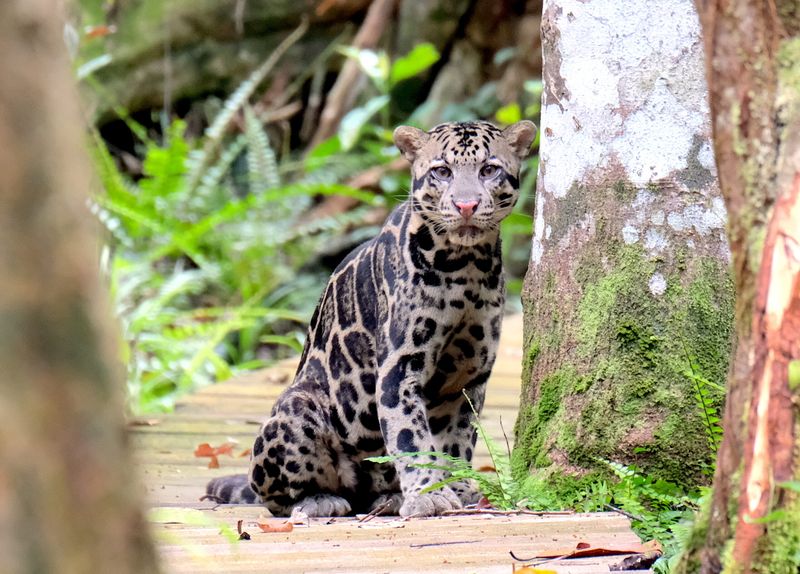
Gorgeous clouded leopards prowl Borneo’s misty forests with ankle-rotating flexibility that puts Olympic gymnasts to shame. Their unique adaptations allow them to descend trees headfirst – the only big cats with this circus-worthy talent.
Small but mighty, these cloud-patterned hunters possess the longest canine teeth relative to skull size of any living cat, enabling them to tackle prey larger than themselves in the dense jungle.
6. Scottish Highlands
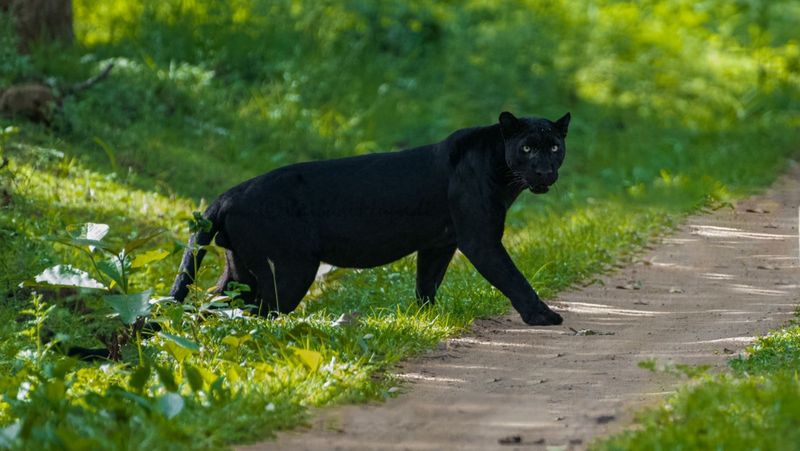
Whispers of big cats echo through Scotland’s misty valleys, where hundreds of credible sightings suggest escaped or released exotic pets have established breeding populations. Farmers report black panthers stalking sheep across remote hillsides, far from any zoo.
Though officially unconfirmed, consistent reports spanning decades include paw prints, livestock kills, and even clear photographs that continue to fuel Scotland’s most persistent wildlife mystery.
7. California’s High Sierra

Beneath towering sequoias, mountain lions quietly reclaim territories just hours from Los Angeles. These adaptable predators navigate the challenging boundary between wilderness and weekend hikers in the Sierra Nevada range.
Amazingly, many outdoor enthusiasts never realize when they’ve been watched by these stealthy cats. Using ravines and ridgelines as natural highways, they maintain critical ecological balance while avoiding human detection.
8. Iran’s Arid Plateaus
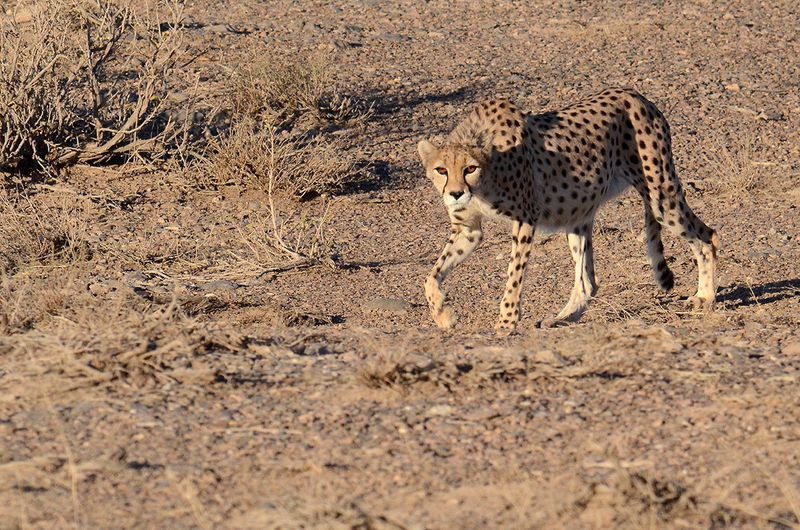
Critically endangered Asiatic cheetahs make their last stand in Iran’s stark desert landscapes. Fewer than 50 remain, sprinting across vast plateaus where their distinctive tear-stripe markings once earned them royal status as hunting companions.
Unlike their African cousins, these desert specialists require minimal water and travel enormous distances between breeding areas. Conservation efforts now race against time to preserve this unique desert lineage.
9. Wetlands Of Sundarbans
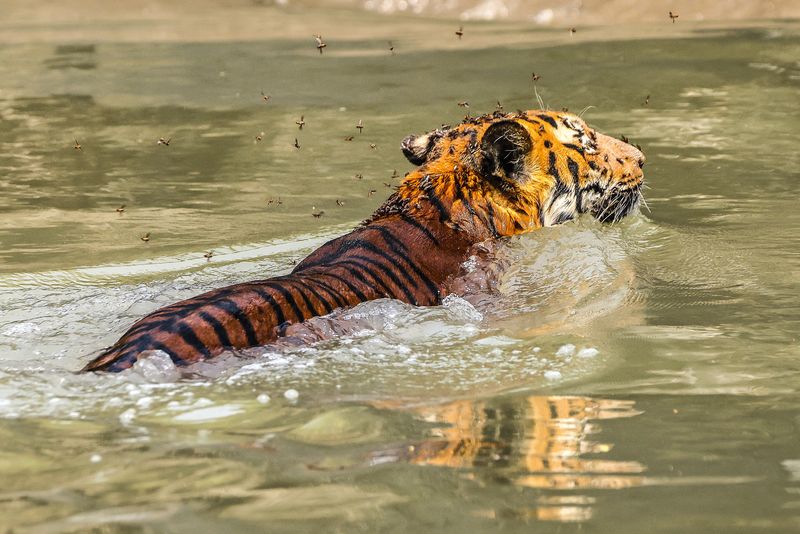
Swimming tigers patrol the world’s largest mangrove forest between Bangladesh and India. These unusual big cats have evolved webbed paws and remarkable swimming abilities to navigate the maze-like waterways of the Sundarbans delta.
Unlike other tigers, these saltwater-tolerant predators regularly cross channels over a mile wide and have adapted to drink brackish water, creating a unique tiger culture found nowhere else on Earth.
10. Chile’s Southern Wilderness

Ghost-like Patagonian pumas rule the windswept plains at the end of the world. South America’s apex predator thrives in Chile’s Torres del Paine National Park, where unusually high densities create one of the planet’s best puma-watching destinations.
These muscular cats have developed specialized hunting techniques for capturing guanacos – wild relatives of llamas – on open ground where hiding places are scarce and wind never stops blowing.
11. Frozen Tundra Of Far East Russia
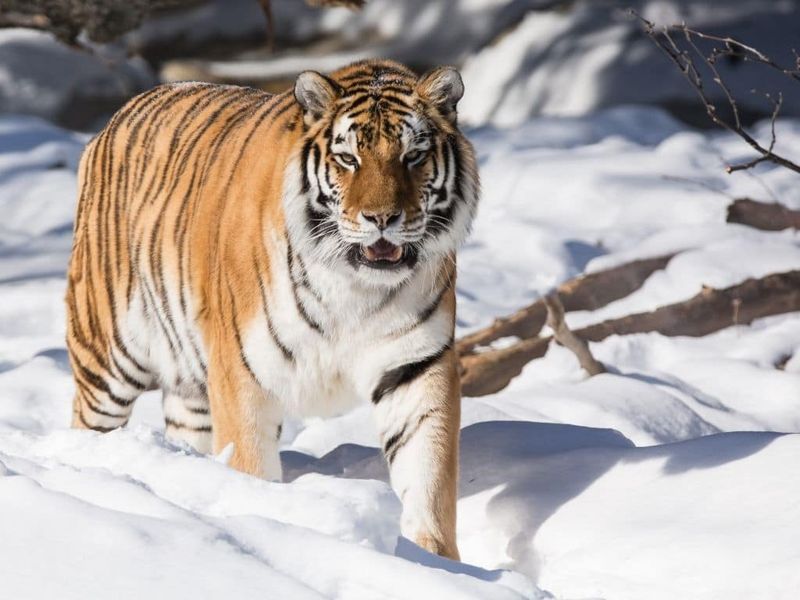
Against all odds, Amur tigers prowl through snowdrifts deeper than they are tall in Russia’s far eastern wilderness. The world’s largest cats have evolved extra-thick fur and substantial fat layers to survive brutal Siberian winters.
With massive territories spanning hundreds of square miles, these endangered striped giants must constantly travel through deep snow in search of deer and wild boar, burning enormous calories just to stay alive.
12. Urban Outskirts Of Los Angeles

Surrounded by 10 million people, mountain lions somehow persist in LA’s fragmented hills. The famous P-22 lived for years in Hollywood’s Griffith Park after crossing multiple freeways, becoming the world’s most urban big cat.
These remarkable survivors face unprecedented challenges including rodenticide poisoning and genetic isolation. Wildlife crossings now being constructed offer hope for connecting isolated populations trapped by urban sprawl.
13. Jungles Of Central America
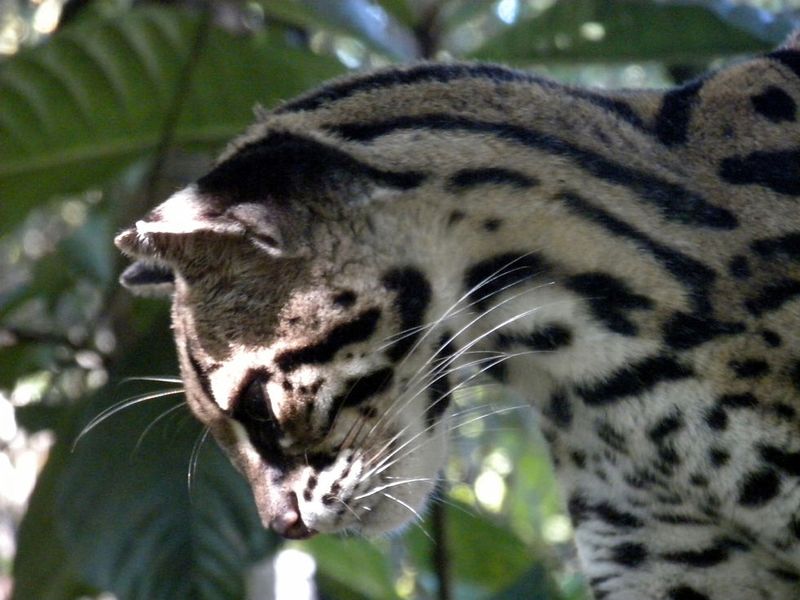
Tiny but mighty, margays perform acrobatic feats that defy gravity throughout Central American rainforests. These house cat-sized relatives of jaguars can rotate their ankles 180 degrees, allowing them to run headfirst down trees or hang by one paw.
Masters of the canopy, they rarely touch ground and can even mimic monkey calls to lure curious primates within striking distance – the only wild cats known to use vocal mimicry.
14. Highlands Of Ethiopia

Africa’s rarest cats prowl misty mountain meadows above 10,000 feet. Ethiopian wolves – though technically not big cats but canids – share these highlands with another surprising feline: melanistic leopards, commonly called black panthers.
These high-altitude specialists hunt mountain nyala and bushbuck in the isolated Bale Mountains, where Africa’s normal rules don’t apply. Cloud forests and alpine plateaus create unique evolutionary pressures shaping these distinctive predators.
15. Welsh Countryside Mysteries
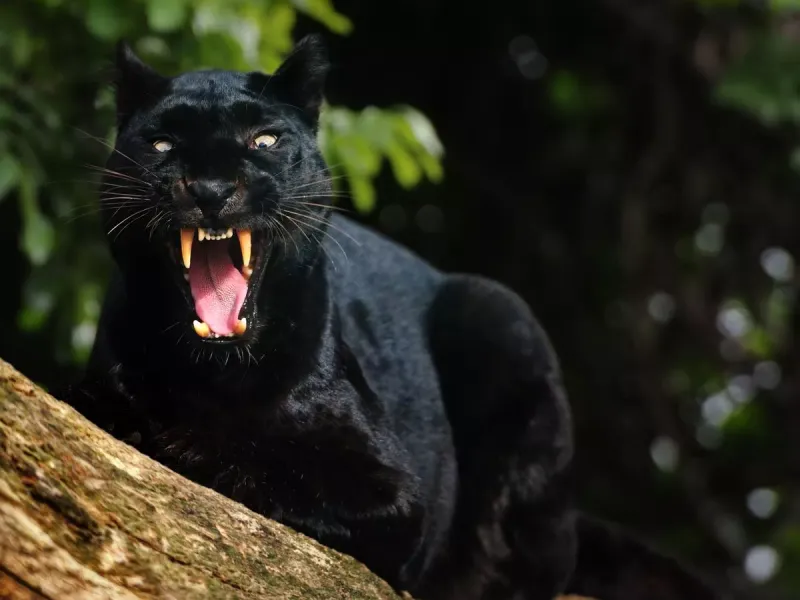
For decades, farmers across Wales have reported glimpses of something impossible: puma-sized cats with leopard-like spots or jet-black fur stalking through misty valleys and abandoned quarries.
The “Beast of Exmoor” represents just one of Britain’s mysterious alien big cats, believed to be descendants of exotic pets released after the 1976 Dangerous Wild Animals Act. Despite skepticism, evidence including consistent paw prints and DNA samples continues to accumulate.

